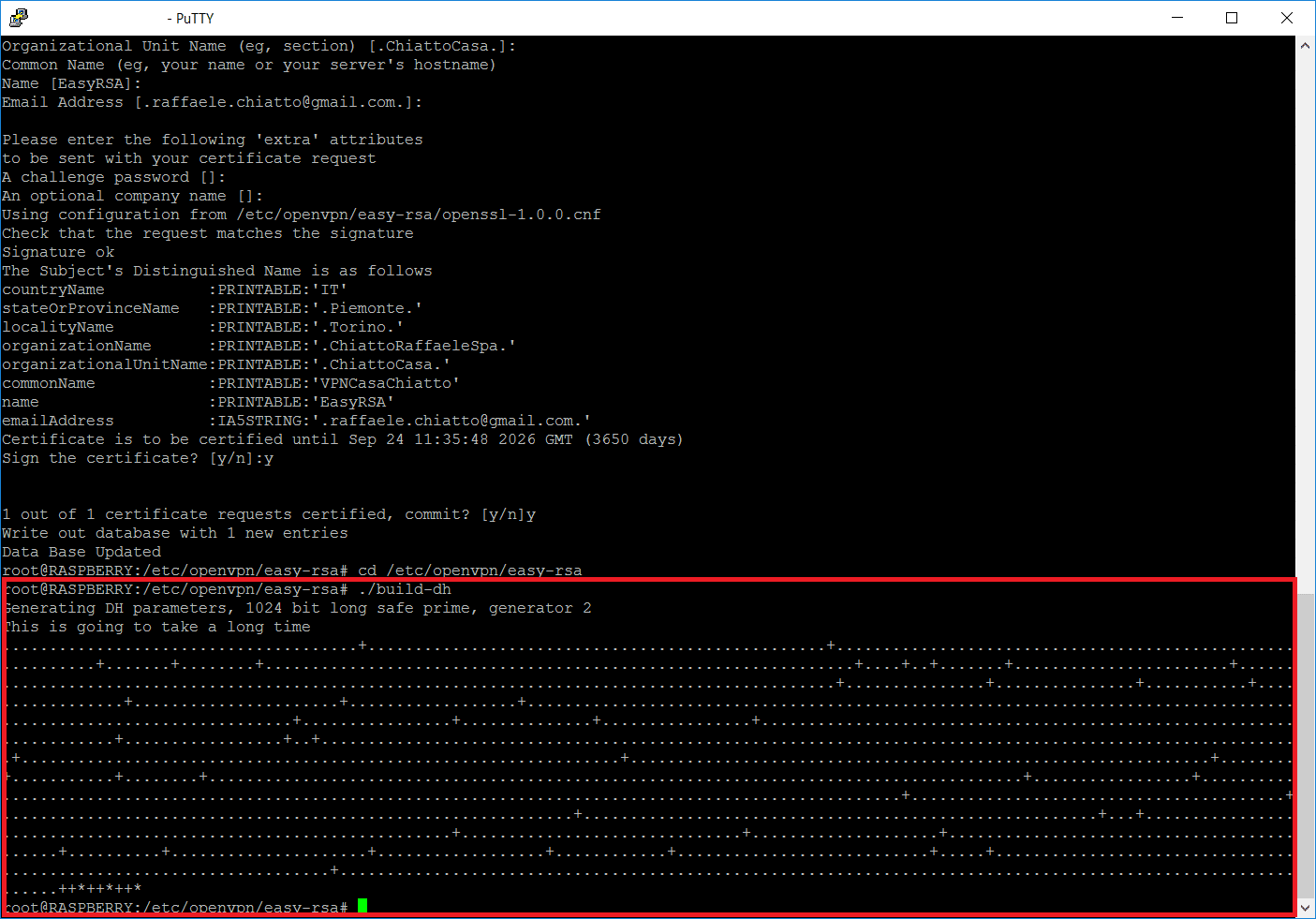

Setting up the Raspberry Pi with ExpressVPN Here is a guide to set up Express on an RPi server, which makes the process fairly simple. A few examples would be Private Internet Access, ExpressVPN, or the OpenVPN app itself, all three of which allow their users to connect using the open-source OpenVPN protocol. There are hundreds of consumer VPN applications today look for one that supports the OpenVPN protocol, which is newer than most other VPN communication protocols like PPTP and L2TP, and considered the current gold standard in secure communication. To use a little techie lingo, you'll have a double-hop connection, which means twice the security. While you could go with the RPi as your sole VPN protection, keep in mind that the operative word here is "lightweight." As in "the RPi server costs less than $40 and is the size of a credit card." So, I suggest you include an actual VPN server in addition to the RPi VPN server you'll build in this project. This project is a great one to do for fun and function. The Raspberry Pi Foundation wants you to tinker with the devices and talk with people about your RPi projects to expand computer literacy. If you are browsing inside a repressive regime that monitors and censors internet activity, the fact that you are reading content related to setting up VPN servers may catch the attention of unpleasant individuals such as intelligence agents.Ī more lighthearted reason for undertaking an RPi VPN server project is because it is fun. Whitepaper: Data-intensive intelligent applications in a hybrid cloud blueprintįurthermore, your internet service provider will have a record of your browsing session, and you can't be sure that a man-in-the-middle attack didn't capture the information exchanged by your computing device and the web hosting server.eBook: Running Kubernetes on your Raspberry Pi.Getting started with Raspberry Pi cheat sheet.Select the DNS providerĬhoose one of the DNS providers from the list or select "custom" to use your own. When prompted for DNS settings, you can opt to use a DNS. The creator stated this process took up to 45 minutes on his Pi 3B+, however, I experienced a much shorter wait time on mine. This may take a little while, just leave the Pi running while it generates the key. 2048 bit seems to be in the sweet spot for what we want to accomplish. 4096 bit offers the greatest security but also causes the most latency. 1024 bit is on the lower end and hardly recommended. Choose encryption settingsĬhoosing what level of encryption to use it up to you. If you have clients running OpenVPN 2.4 or later, you can integrate features for it by choosing Yes.

You will be prompted to confirm the port settings. On the next screen, you can set a custom port number or leave the default value of 1194. If you're not sure what to put here, UDP is a safe bet. You will be asked to choose between TCP or UDP. If you want to use these enable them now. You’ll have to reboot the Pi manually from time to time. This automatically downloads updates, but it won’t reboot your Pi. The next prompt will ask about "Unattended Upgrades". I’m leaving mine set to the default account, but you can use any account you want here. You will see a dialogue that states “Choose a local user that will hold your ovpn configurations.” Select OK and choose an account to use. You can leave the default value or choose one of your own if your ISP supports static IPs. Our Raspberry Pi VPN needs a static IP address.

You will be prompted to edit your network settings. The installation wizard will walk you through the setup process.


 0 kommentar(er)
0 kommentar(er)
